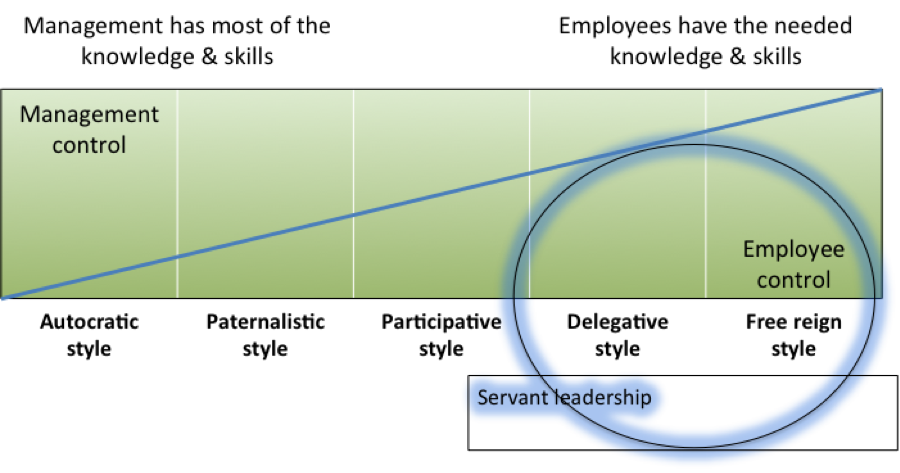
Leadership in an Agile environment
One of the four value statements from the Agile Manifesto states:
Individuals and interactions over processes and tools.
Two principles supporting the Agile Manifesto are:
Build projects around motivated individuals. Give them the environment and support they need, and trust them to get the job done.
The most efficient and effective method of conveying information to and within a development team is face-to-face conversation.
These statements attempt to change the way teams work and interact in an agile environment. These statements also require Leadership to focus on teams in a very different way than the command and control style of traditional methodologies.
- Program Manager
- Project Manager
- Iteration Manager or Scrum Master
- Tech Lead
- BA Lead
- Test Lead
- Infrastructure Lead
- etc

- Inception or planning activities
- Informal social events
- Team building events
- Remember the Future activity
- Retrospectives
- Team Health checks
- Accept accountability
- Confront reality through rigorous thinking
- Engage in intense debate/interaction
- Willingly work within a self organizing framework
- Live the values
“How do you make team members trust each other?“ “You trust them first!"
- Diversity of opinion
- Member independence
- Decentralization
- Aggregation of opinions
- Diversity of opinion
- when all roles participate in writing acceptance criteria
- when developers of different experience levels and backgrounds estimate
- when customers participate daily to direct functionality, prioritize and provide feedback
- Member independence
- By using planning poker for estimation
- By having folks independently write retrospective items before discussing
- By allowing the customer to have their own test environment after the showcase
- Decentralization
- Distributed teams often have different thoughts and opinions about process, tools, etc.
- Having regular cross project role based catch-ups will allow for information to be shared in an effective way
- Aggregation of opinions
- Voting
- Polling
- Retrospectives
- Prioritization drivers such as trade-off sliders
Disclaimer: The statements and opinions expressed in this article are those of the author(s) and do not necessarily reflect the positions of Thoughtworks.














